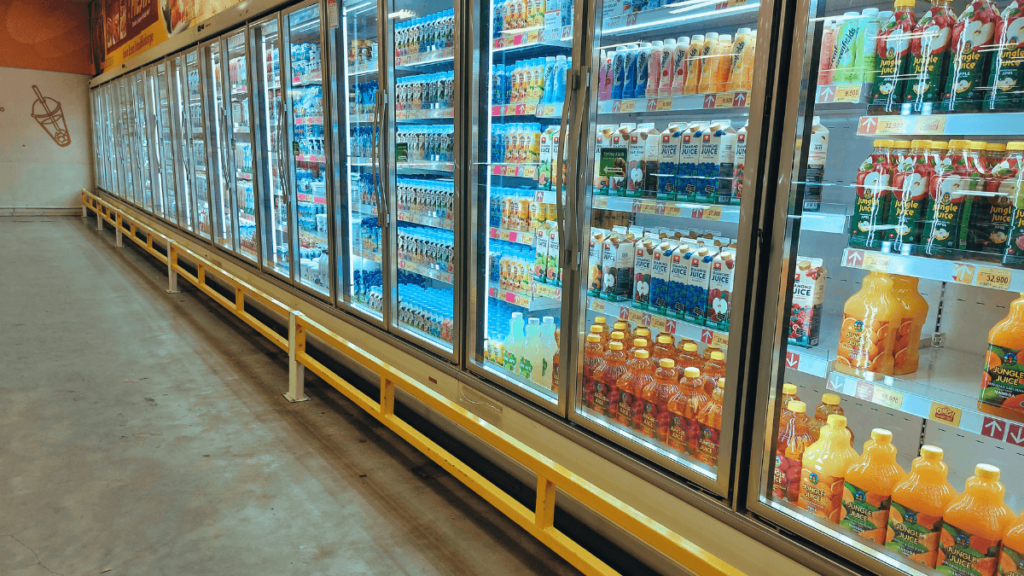The second quarter is anticipated to be a period of slow growth for FMCG (Fast-Moving Consumer Goods) companies. They are facing challenges related to sluggish volume recovery and the diminishing impact of reduced raw material costs. Adding to their woes is the increasing presence of new and local players that are gradually chipping away at the market share of established FMCG giants. In response to this, many leading FMCG companies have chosen to implement price reductions in mass-market product categories during this quarter.

The extent to which these price cuts will contribute to volume growth remains a topic of debate among analysts. According to a report by Centrum, price reductions are indeed driving primary volumes, but the overall offtake is lagging behind. While there is a growing demand for packaged foods, some segments such as hair oils and toothpaste have seen declining volumes.
J M Financial highlights the fact that, “Selling prices have been adjusted in response to the drop in commodity costs, but there has not yet been a proportional increase in volumes.” The era of FMCG growth primarily driven by pricing adjustments seems to be a thing of the past. Without a significant recovery in volumes, it is expected that revenues will remain subdued in this quarter.
Kotak Institutional Equities predicts that most FMCG companies will see “low single-digit volume growth and low-to-mid single-digit value growth,” primarily due to the tapering of pricing growth caused by price cuts and the anniversary effects of previous price hikes. Rural demand, which is still struggling, is unlikely to experience a substantial upturn, and any improvement may be superficial, given the low starting point.
Analysts argue that without a meaningful revival in rural demand, which has yet to gain momentum, volume recovery will continue to be slow. Even the easing of inflation during the quarter has failed to boost rural consumer sentiment due to unseasonal rains. Additionally, the festive season’s spending on discretionary items is delayed this year due to the impact of an extra month called ‘Adhik Mas.’
On the other hand, the margin growth observed in the previous quarter, driven by lower raw material costs, is expected to taper off. The raw material index has increased by 8-9% over the last three months. Crude oil prices surged by 20% between July and September, making commodities less cost-friendly than they were in the first quarter.
However, on a year-on-year basis, costs are expected to be lower, which will bolster margins due to a favorable comparison. J M Financial notes that “a favorable base will continue to drive robust year-on-year gross profit margin expansion and earnings for the September quarter.” Still, some of the margin gains are likely to become part of the base, especially given the recent uptick in raw material prices.
In addition to the challenges of price cuts, increased competition is expected to further erode margins. Companies will continue to invest in rebuilding their brands, reversing the cost-saving measures taken during the period of hyperinflation in FY23.
Sharekhan explains, “Most companies have indicated that a significant portion of gross margin savings will be reinvested in brand-building. Consequently, operating margin expansion will be more modest compared to gross margin expansion.”
Investors will closely monitor management commentary regarding the expected increase in volumes during the second half of the year and when rural India can anticipate a full-fledged recovery.